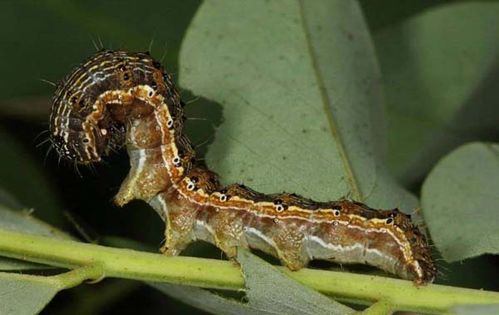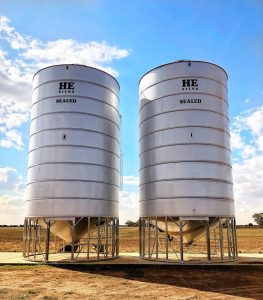2019 Harvest Progress Report

 Things will be more of a miss than a hit in many ways this season, with farmers and producers from central and northern parts of New South Wales and sunny Queensland looking at complete crop failure. Although that side of things isn’t too flash at all, there will be some who manage to cut for hay and bring in some financial benefit, so I’ve got my fingers crossed for those few!
Things will be more of a miss than a hit in many ways this season, with farmers and producers from central and northern parts of New South Wales and sunny Queensland looking at complete crop failure. Although that side of things isn’t too flash at all, there will be some who manage to cut for hay and bring in some financial benefit, so I’ve got my fingers crossed for those few! A lot of producers were forced to destock and only hang onto the bare minimum in order to keep things afloat, so it does make you wonder where our food will be sourced in the seasons to come. In short, we’re all still praying and crossing all of our fingers for a break in the season real soon, a break that will hopefully end this drought…but trust
me, it is possible. We’ve seen parts of southern New South Wales perform really well, so here’s hoping.
Some barley crops in the Riverina area are going for 2.5 – 3 tonne per hectare, and those that got in and sown early on are looking like they’ll do alright, with some of the best performing crops around at the moment. Unfortunately the later sown crops were the first to do it tough when the rainfall just didn’t come around the August/September period, so some won’t do so well, but it’s the way of the world at the moment unfortunately.
 One thing that I think is worth mentioning is when the large flights of Helicoverpa armigera and Helicoverpa punctigera were detected throughout the Northern Grains Region back in August. The yearly Helicoverpa spp. Pheromone trapping program detected high numbers, with some catching over 1500 of the little budworms. What a nightmare! A lot of producers had to make some tough decisions to make around spraying options. Working out which species are actually in a crop can be a tough gig, but it’s essential to then know which insecticide options are available.
One thing that I think is worth mentioning is when the large flights of Helicoverpa armigera and Helicoverpa punctigera were detected throughout the Northern Grains Region back in August. The yearly Helicoverpa spp. Pheromone trapping program detected high numbers, with some catching over 1500 of the little budworms. What a nightmare! A lot of producers had to make some tough decisions to make around spraying options. Working out which species are actually in a crop can be a tough gig, but it’s essential to then know which insecticide options are available.



